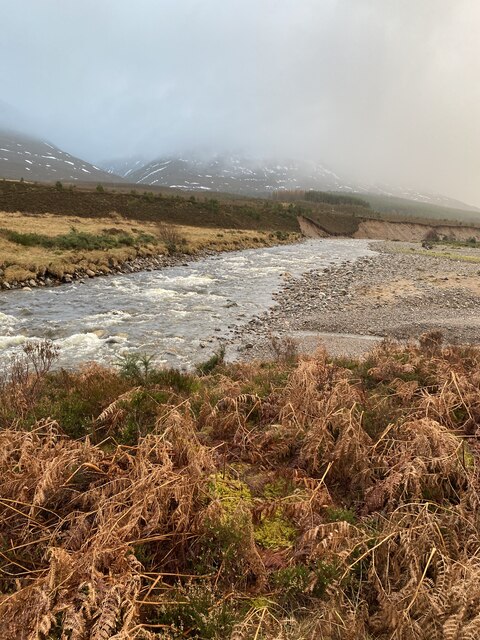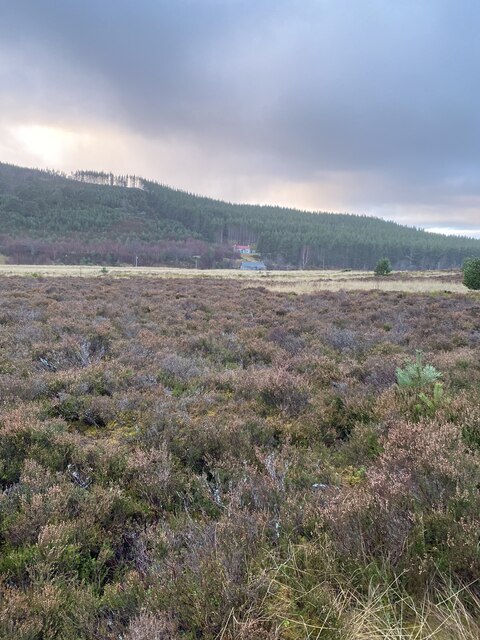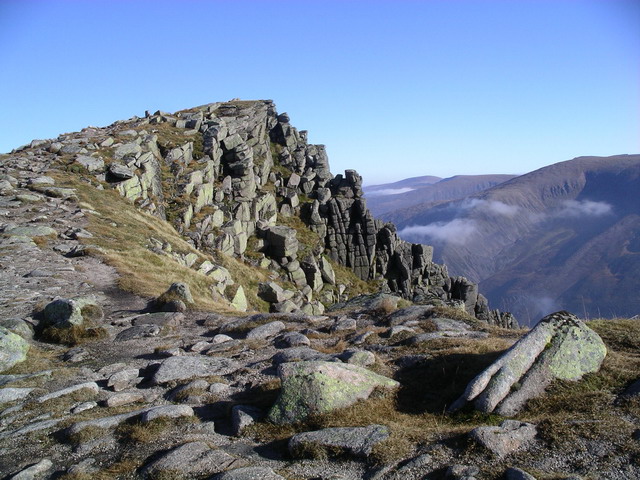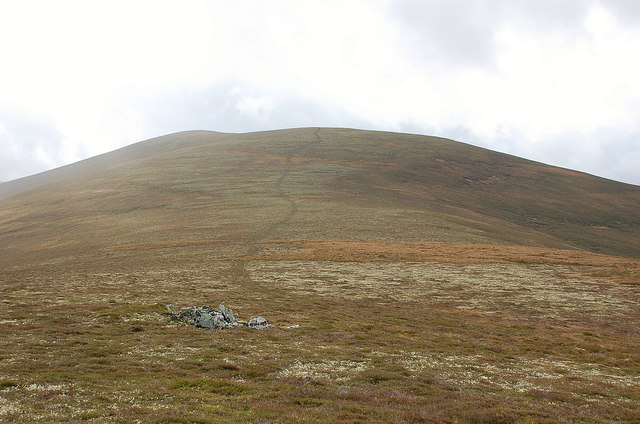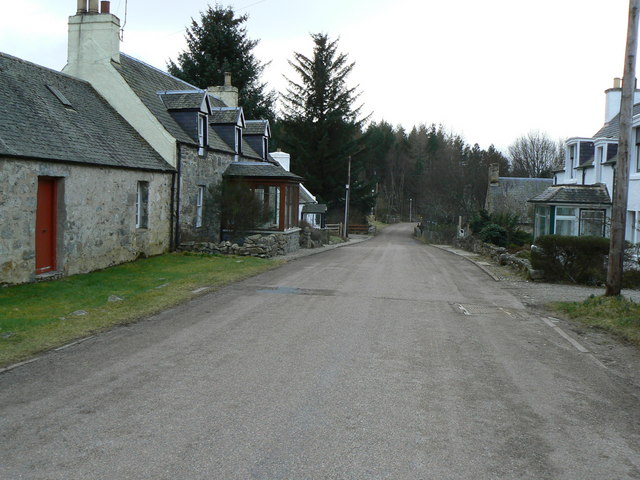Glen Feshie
Valley in Inverness-shire
Scotland
Glen Feshie

Glen Feshie is a picturesque valley located in the Inverness-shire region of Scotland. Situated in the Cairngorms National Park, it is renowned for its stunning natural beauty and diverse wildlife. The valley stretches approximately 20 kilometers from south to north, flanked by towering mountains on either side.
The landscape of Glen Feshie is characterized by rolling moorland, ancient Caledonian pine forests, and the meandering River Feshie. The valley is home to a rich variety of plant and animal species, including red deer, golden eagles, and ospreys. The area has been designated as a Special Area of Conservation, highlighting its importance for preserving the natural environment.
Hikers and nature enthusiasts are drawn to Glen Feshie for its extensive network of trails that offer breathtaking views of the surrounding mountains and forests. Some of the popular routes include the Feshiebridge Circuit, which takes visitors through the heart of the valley, and the Glen Feshie Munros, which offers the chance to conquer several majestic peaks.
In addition to its natural attractions, Glen Feshie has a rich cultural heritage. The area is dotted with historic ruins, such as the 18th-century Ruthven Barracks, which once served as a government garrison. Visitors can also explore the ruins of old crofts and sheilings, providing a glimpse into the traditional way of life in the Scottish Highlands.
Overall, Glen Feshie is a haven for nature lovers and history enthusiasts alike. Its unspoiled landscapes and diverse wildlife make it a must-visit destination for those seeking an authentic Scottish experience.
If you have any feedback on the listing, please let us know in the comments section below.
Glen Feshie Images
Images are sourced within 2km of 57.045257/-3.8945484 or Grid Reference NN8596. Thanks to Geograph Open Source API. All images are credited.

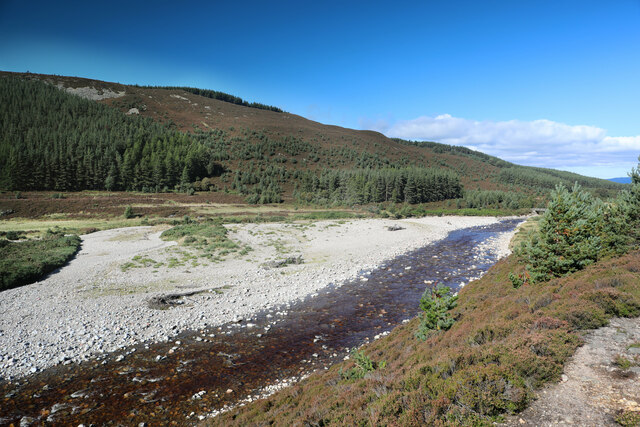
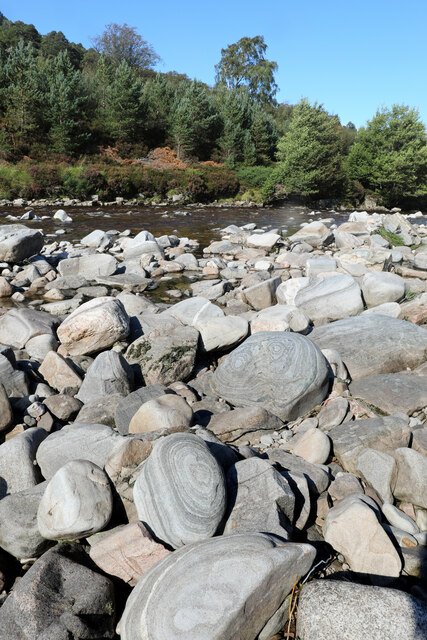


Glen Feshie is located at Grid Ref: NN8596 (Lat: 57.045257, Lng: -3.8945484)
Unitary Authority: Highland
Police Authority: Highlands and Islands
What 3 Words
///outfitter.lighter.slamming. Near Kingussie, Highland
Nearby Locations
Related Wikis
Mullach Clach a' Bhlàir
Mullach Clach a' Bhlàir or Meall Tional is a Munro in the Cairngorm mountain range of Scotland. == Sources ==
Sgòr Gaoith
Sgòr Gaoith (Scottish Gaelic: Sgòr Gaoithe, 'windy peak') is a mountain peak in the far western massif of the Cairngorms in the Scottish Highlands. It...
Càrn Dearg Mòr
Carn Dearg Mor (857 m) is a mountain in the Grampian Mountains of Scotland. It lies in the Badenoch and Strathspey area of Inverness-shire, east of the...
Insh
Insh (Scottish Gaelic: Am Baile Ùr) is a village in Highland, Scotland that lies on the east coast of the Insh Marshes. It is in the Badenoch and Strathspey...
Have you been to Glen Feshie?
Leave your review of Glen Feshie below (or comments, questions and feedback).









